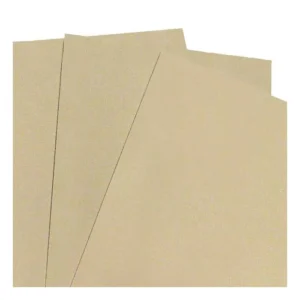Finding Your Perfect Match: Choosing the Right Paper for Oil Pastels
Oil pastels are a vibrant and versatile art medium, loved for their rich colors, smooth blending, and unique textural effects. But just like any other artistic pursuit, your paper choice can significantly impact your final masterpiece.
*Above image from STILL LIFE Masterclass Course, you can find all about it here
When selecting paper for oil pastels, there are several key factors to consider:
-
Texture: Unlike smooth surfaces that make pastels glide and lose vibrancy, oil pastels require some “tooth” to grip the pigment. Look for papers labeled “pastel paper” or with a textured finish, often described as cold press, vellum, or sanded.
-
Thickness: Oil pastels are denser than typical drawing pencils, so a flimsy sheet can buckle or tear under pressure. Opt for heavyweight paper, ideally around 160 gsm (grams per square meter) or higher.
-
Color: While white or light-colored paper is a popular choice, don’t be afraid to experiment! Darker toned papers can create dramatic effects and make certain colors pop.
-
Acidity: For archival quality and longevity, choose acid-free paper. This prevents the artwork from deteriorating over time.
Here’s a quick rundown of popular paper options for oil pastels:
-
Pastel Paper: This is your go-to option, specifically designed with a toothy surface to hold pastel pigments.

-
Watercolor Paper: While not specifically made for pastels, heavier weight watercolor paper (cold press or rough) can be a good alternative, especially if you plan on incorporating wet blending techniques.
-
Sandpaper Paper: Yes, you read that right! Some artists use very fine-grit sandpaper for a unique, highly textured effect. This is a more adventurous choice, so start with a small sheet for experimentation.

-
-
Canvas: For a more substantial, painting-like feel, you can even use stretched canvas. Prime it with a gesso suitable for pastels to create a gripping surface.
Ultimately, the best paper for oil pastels depends on your artistic style and desired outcome. Don’t be afraid to experiment with different textures and weights to see what you enjoy most.
Here are some additional tips:
- Sample different papers: Many art stores sell sampler packs of various pastel papers. This allows you to try a few options before committing to a larger pad.
- Consider your budget: High-quality pastel paper can be expensive. If you’re just starting, a student-grade option with a decent tooth will suffice for practice.
- Test before you commit: Before diving into your final artwork, do a small test patch on your chosen paper to see how the pastels interact with the surface.
With a little exploration and these helpful tips, you’ll be well on your way to finding the perfect paper to bring your oil pastel creations to life!
You can find other interesting and useful articles on Oil Pastels here (Click here)
-
If you would like to fast forward your learning using Oil Pastels, check out some of the popular courses below




